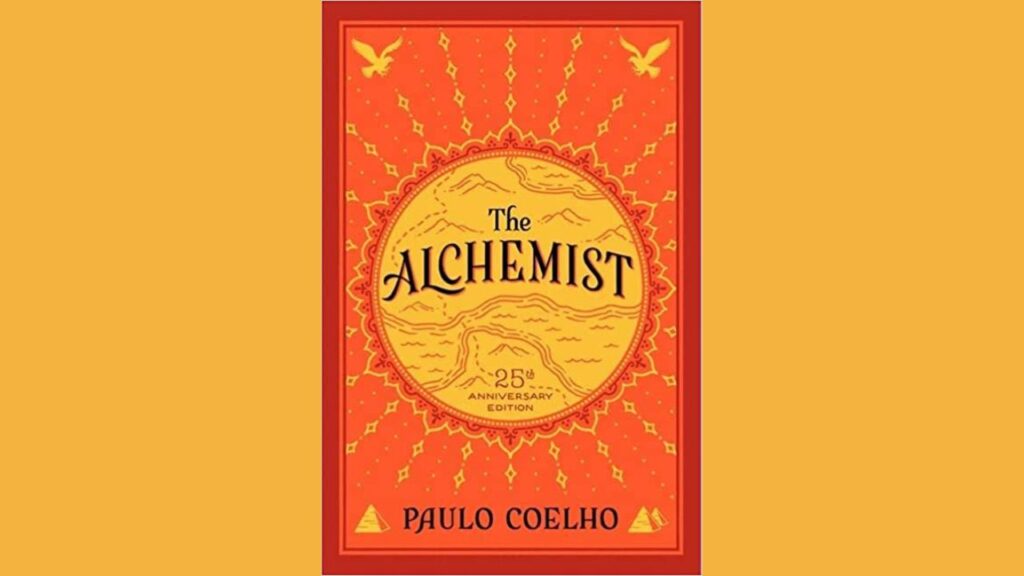
Student Notes – Don Quixote by Miguel de Cervantes
Introduction:
Miguel de Cervantes’ Don Quixote is a timeless masterpiece and one of the most influential works of fiction in world literature. Published in two parts, in 1605 and 1615, it tells the story of a delusional knight-errant named Don Quixote and his loyal squire, Sancho Panza. This set of student notes provides a comprehensive overview of the key elements, themes, and characters in the novel, along with analysis and discussion points for further exploration and understanding.
Setting:
- La Mancha: The region in central Spain where Don Quixote’s adventures begin.
- Various Locations: The novel takes the reader on a journey through Spain, with Don Quixote encountering different landscapes, villages, and cities.
Characters:
- Don Quixote: The protagonist, a middle-aged man who becomes convinced that he is a knight and sets off on chivalrous quests.
- Sancho Panza: Don Quixote’s loyal and comical squire, serving as a contrast to his master’s delusions.
- Dulcinea del Toboso: The imagined lady love of Don Quixote, whom he idolizes and seeks to protect.
- The Duke and Duchess: Aristocratic figures who exploit and manipulate Don Quixote and Sancho Panza for their amusement.
- Rocinante and Dapple: Don Quixote’s loyal steed and Sancho Panza’s donkey, respectively.
Plot Summary:
- Don Quixote’s descent into madness, as he becomes obsessed with chivalry and embarks on a series of misadventures, mistaking windmills for giants and inns for castles.
- The humorous and often satirical encounters Don Quixote has with various characters, including shepherds, priests, and other knights.
- The growth and development of Sancho Panza as he wrestles with his own beliefs and his loyalty to Don Quixote.
- Themes: Reality and Imagination, Chivalry and Idealism, Truth and Illusion, Madness and Sanity, the Power of Literature.
Key Themes and Symbols:
- Reality and Imagination: The novel explores the blurred line between reality and fantasy, as Don Quixote’s delusions reshape his perception of the world.
- Chivalry and Idealism: Don Quixote’s obsession with chivalry and his idealistic notions clash with the changing times and the realities of the world around him.
- Truth and Illusion: The novel questions the nature of truth and the role of perception, challenging readers to consider the subjective nature of reality.
- Madness and Sanity: Don Quixote’s descent into madness raises questions about the nature of sanity and the power of the human mind to construct alternate realities.
- The Power of Literature: The novel reflects on the influence of books and stories, exploring the ways in which literature shapes our understanding of the world.
Analysis and Discussion Points:
- Analyze the character of Don Quixote, exploring the motivations behind his delusions and the impact of his idealism on his actions.
- Discuss the relationship between Don Quixote and Sancho Panza, examining the dynamics of their friendship and the ways in which they influence each other.
- Explore the theme of reality and illusion, analyzing the instances in which Don Quixote’s perception of the world differs from reality.
- Discuss the role of satire in the novel, considering how Cervantes uses humor and irony to critique society and its values.
- Examine the impact of storytelling and literature within the novel, discussing the ways in which characters are influenced by the tales they read or hear.
- Reflect on the novel’s relevance to contemporary society, considering its exploration of idealism, the power of imagination, and the nature of truth.
Conclusion:
Don Quixote is a literary masterpiece that continues to captivate readers with its humor, wit, and profound exploration of the human condition. Miguel de Cervantes’ iconic characters and their adventures raise thought-provoking questions about reality, idealism, and the power of literature. By engaging with the student notes provided, readers can gain a deeper understanding of the novel’s themes, characters, and societal context, fostering critical thinking and stimulating insightful discussions about the complexities of human nature and the enduring relevance of this timeless work of literature.





